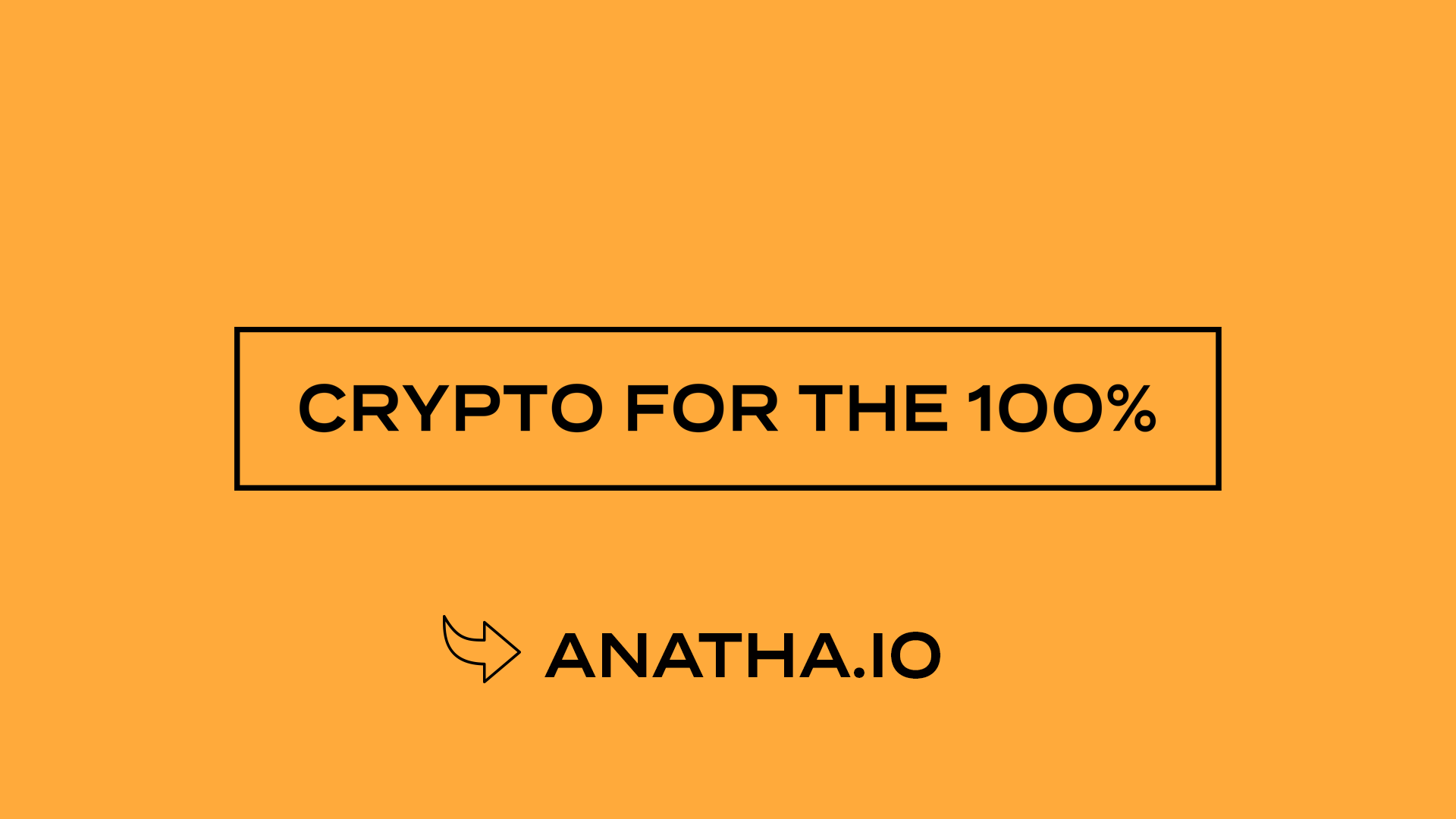| | | | | | | Presented By Anatha | | | | Axios Markets | | By Sam Ro ·Sep 13, 2021 | | Today's newsletter is 1,338 words, 5 minutes. | | | | | | 1 big thing: Game of tickers |  | | | Illustration: Aïda Amer/Axios | | | | Here's a side effect of the going public boom: a heated race to reserve the hottest unique identifier, the ticker symbol, Axios' Courtenay Brown writes. Why it matters: The insignias companies are choosing to trade under is a reflection of our time — increasingly they want to go list with snappy symbols that catch the eye of a new generation of traders. There's a lot in a name. Studies show tickers that are actual words have advantages, including more popularity with retail investors, Bloomberg reported — noting the "MEME" symbol as a hot commodity. - More consumer-facing companies are opting for straightforward symbols, like the first four letters of their name or something directly aligned with their brand, one representative from an exchange tells Axios.
 Data: FactSet; Note: Shows companies listed on NYSE, Nasdaq exchanges; Chart: Jared Whalen/Axios That's one possible reason behind the growing share of newly public companies listed with four-letter symbols. - Part of it could also be a function of what's left to choose from. For instance, back in 2005, as many as nine of the hotly sought-after single-letter symbols were unoccupied. That's dwindled down to four (I, N, Q, and more recently, P).
- Cybersecurity firm SentinelOne started trading this summer under "S," newly vacant after T-Mobile snapped up Sprint. (Sprint snagged it from Sears, five months after the retailer let the symbol go because it merged with K-Mart.)
Of note: As for the uptick in five-letter symbols (allowed only by the Nasdaq), blame the boom in SPACs, which often trade under them before finding a target. Yes, but: New trading fads are forcing companies to switch up longtime ticker symbols to avoid confusion. - Furniture retailer Ethan Allen traded under "ETH" for 28 years. That ended last month after an army of crypto traders started to mistake it for the digital currency Ethereum, which is shortened to the same three letters.
- Now you can find it as "ETD." The company hopes that change "will better differentiate Ethan Allen news from Ethereum news in search results," a spokesperson tells Axios.
The backstory: Companies can generally reserve ticker symbols through exchanges for up to 24 months before that pick is released. Exchanges can reject picks, for instance, if they're obscene. - Acquired companies' tickers are up for grabs immediately. Businesses delisted because they no longer meet requirements can keep their tickers reserved for as long as two years.
What to watch: For some companies considering a public listing, it may be too late to lock down the perfect symbol. - For instance, should the popular photo app VSCO decide to go public, it can't trade under its namesake. That now belongs to Victoria's Secret after its spinoff.
|     | | | | | | 2. Catch up quick | | China wants to break up Ant Group's Alipay payments app and force the creation of a separate app for its loans business. (FT) House Democrats are expected to propose raising the corporate tax rate to 26.5% from 21%. (WSJ) "Fortnite" game maker Epic Games plans to appeal a legal ruling that allows Apple to continue its prohibition of third-party, in-app payment systems. (Reuters) |     | | | | | | 3. Afghanistan's cash problem |  | | | Ajmal Ahmady, former Afghanistan central bank governor; Photo: Wikimedia Commons | | | | Afghanistan's former central bank governor, Ajmal Ahmady, had a front-row seat to the country's recent economic development. So he knows as well as anyone the financial risks the new government — and the people of Afghanistan — now face, Axios' Kate Marino writes. Driving the news: In a talk with the Atlantic Council on Friday, Ahmady shared his inside perspective on the Afghan financial system and concerns for the future of the economy. - Front and center: the lack of hard currency.
Why it matters: A money drain from the country is intensifying a humanitarian crisis. - Because of long-standing international sanctions against the Taliban, the new Taliban-controlled government doesn't have access to Afghanistan's central bank reserves held overseas, and the U.S. halted shipments of dollars into the country.
What he's saying: A shortage of Afghanistan's own currency, the Afghani, could be worsened by the fact that the country can't print money itself. There's no banknote printer within its borders. - Instead, Afghanistan had contracts with companies in Poland and France, to name a few, to print new Afghanis, Ahmady says.
- But European companies are likely to also halt business with the government in light of the sanctions.
The Taliban will be in the market for another printer. Private companies residing in nations with a friendlier stance toward the new Afghan government may still not want to run afoul of the sanctions, Ahmady says. - One possibility: Neighboring Pakistan has a banknote printer.
State of play: Amid the cash shortage, the government has placed limits on how many Afghanis individuals can withdraw from banks. Often, banks aren't even able to provide that minimum to customers, Ahmady notes. - In that void, the Pakistani rupee may become an increasingly common medium of exchange, now that it's accepted for trade in Afghanistan, he explains.
What to watch: The shortage of cash and devaluation of the Afghani could lead to a growing rate of inflation. - This may hit the Afghan population most hard when it comes to food staples like wheat and flour, for which the country relies on imports, Ahmady says.
|     | | | | | | A message from Anatha | | Anatha is crypto for the 100% | | |  | | | | ANATHA is a new kind of cryptocurrency built on the radical belief that economic systems should serve everyone. We decentralize the flow of money, connecting people to real value on a platform that is 100% accessible to 100% of everybody. Learn more. | | | | | | 4. Producer prices are still moving up |  Data: FRED; Chart: Axios Visuals Producer prices increased by more than expected in August, a reminder that inflation pressures continue to linger in the economy. Why it matters: Producer prices reflect what businesses pay for the materials that go into the goods they eventually sell to their customers. While businesses will make an effort to absorb some of those higher costs, they'll pass some of the costs on through consumer price hikes. By the numbers: The Producer Price Index climbed by 0.7% in August month over month. - While this was a deceleration from July's 1.0% jump, it was nevertheless higher than the 0.6% rate economists were expecting.
- On a year-over-year basis, the index was up 8.3% in August, which was higher than last month's 7.8% print.
- This is the highest reading since the Bureau of Labor Statistics started tracking this metric in 2009.
What they're saying: Many economists are putting the blame on supply chain issues that are arguably transitory in nature. - "The smaller month-over-month increase and recent evidence indicating supply chain bottlenecks are no longer intensifying suggest a peak in producer inflation may be near," Marc Zabicki, director of research for LPL Financial, says.
Yes, but: "There is more risk from supply chains if they continue to be disrupted by virus outbreaks," Rubeela Farooqi, chief U.S. economist at High Frequency Economics, warns. The big picture: High inflation readings will continue to put pressure on the Federal Reserve to dial back its stimulative monetary policy soon. - "If the Federal Reserve is not careful, its continuous dismissal of inflation as transitory could end up constituting a material policy mistake that would risk undermining economic growth, derailing the Biden Administration's economic reform program, and fueling unsettling financial instability down the road," Allianz chief economic adviser Mohamed El-Erian tells Axios.
What to watch: The August consumer price report, released at 8:30 am ET on Tuesday, will show the degree to which higher producer prices leading to higher consumer prices. |     | | |  | | | | If you like this newsletter, your friends may, too! Refer your friends and get free Axios swag when they sign up. | | | | | | | | 5. What I'm watching this week |  | | | Illustration: Eniola Odetunde/Axios | | | | The August retail sales report, out this Thursday, will be very telling. Why it matters: This is the first comprehensive reading on consumer spending activity for August, a period that saw a resurgence in COVID infection amid the spread of the Delta variant. What they're saying: "High-frequency card spending data have started rolling over for both goods and services spending," Credit Suisse chief economist James Sweeney wrote on Friday. - Economists estimate retail sales fell by 1.0% month over month in August, according to FactSet. Excluding autos and gas, core retail sales are estimated to have declined by 0.3%.
State of play: The University of Michigan's consumer sentiment index crashed to its lowest level since 2011 reflecting "an emotional response, from dashed hopes that the pandemic would soon end and lives could return to normal." Between the lines: While consumer sentiment and consumer spending don't necessarily move hand-in-hand, it's worth noting that airlines have warned of a sharp slump in ticket sales amid the resurgence in COVID infections. |     | | | | | | A message from Anatha | | Universal Basic Income. Now available for download | | |  | | | | What if UBI could pay for itself? What this means: ANATHA is a new kind of cryptocurrency that connects people to real value. Our goal? A regenerative income that can lift millions out of poverty and strengthen our economies as a whole. Learn more. | | |  | | It'll help you deliver employee communications more effectively. | | | | | | Axios thanks our partners for supporting our newsletters. If you're interested in advertising, learn more here.
Sponsorship has no influence on editorial content. Axios, 3100 Clarendon Blvd, Suite 1300, Arlington VA 22201 | | | You received this email because you signed up for newsletters from Axios.
Change your preferences or unsubscribe here. | | | Was this email forwarded to you?
Sign up now to get Axios in your inbox. | | | | Follow Axios on social media:    | | | | | |













No comments:
Post a Comment